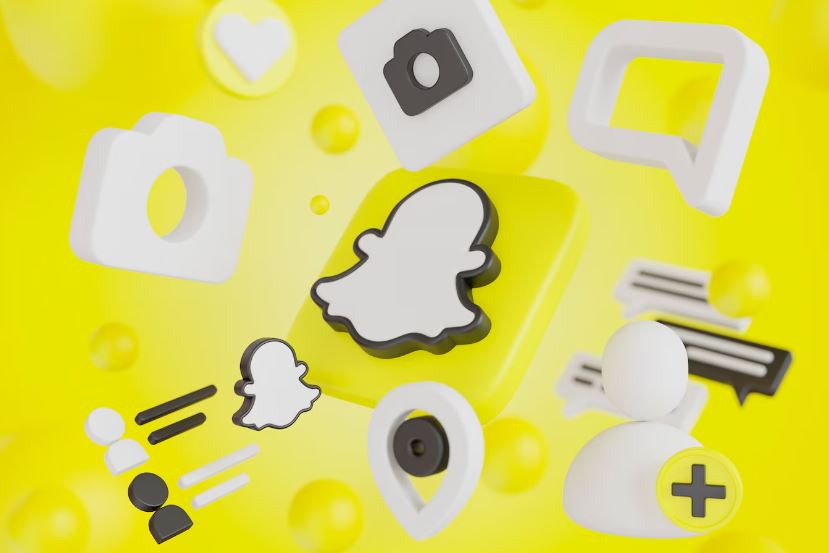Although Snapchat hasn’t completely eliminated AI, it has unquestionably changed how that feature manifests in users’ everyday interactions. Many people found My AI to be an obtrusive chatbot that was always at the forefront of their conversations, greeting them before they could speak to a real person. Snapchat made a subtle, calculated adjustment in response to changing engagement trends and user sentiment, rather than making a big announcement. Like a pop-up that finally understood, the chatbot now appears to disappear on its own, subtly disappearing from view when ignored.
My AI used to seem like a revolutionary addition to users who recall the initial excitement. With the help of Google’s Gemini tech stack and OpenAI’s GPT-4, it provided surprisingly quick responses, amusing conversations, and tailored recommendations. When it was first introduced, it was praised as a particularly creative approach to bringing humanity to messaging apps and integrating AI into everyday social interactions.
Snapchat AI Feature Overview
| Feature Name | My AI |
|---|---|
| Powered By | OpenAI’s GPT-4 and Google’s Gemini |
| Introduced In | 2023 |
| Main Functions | Chatbot assistant, conversation partner, content suggestion tool |
| Visibility | Default-pinned to chats (optional for Snapchat+ users) |
| Recent Updates | Feature now hidden based on inactivity or user preference |
| Removal Option | Unpin or Clear from Chat Feed (available for Snapchat+ subscribers) |
| Industry Impact | Signals demand for AI personalization and control |
| Noteworthy Behavior | Disappears if unused; adapts to user behavior |
| Public Feedback | Mixed – praised for convenience, criticized for lack of control |
However, what began as a useful helper swiftly turned into a representation of overreach. Numerous users complained about the bot’s inability to be moved, muted, or deleted on forums and social media. Additional control, including the ability to unpin or delete My AI entirely from their feed, provided relief to Snapchat+ subscribers. Others felt unable to get away from the digital clutter.
Snapchat had started testing a dynamic visibility feature by the middle of 2024. The bot just vanished if you didn’t talk to it. Not a warning. No good-bye. It took a silent step back. Even though it was a small change, it has been incredibly successful. Snapchat now allows the algorithm to watch your behavior and adjust, rather than pressuring you to interact. For users who truly depend on the tool, this minor adjustment has preserved it while greatly reducing frustration.
It became evident during this period of adjustment that Snapchat’s user base had grown up and developed more sophisticated expectations. Instead of seeing AI as a gimmick, young users now saw it as a useful tool that could be called upon when needed rather than hovering around like a needy helper all the time. The company improved its AI deployment by using usage monitoring and strategic feedback loops to make it seem optional rather than required.
This case study is especially pertinent when considering larger tech trends. Discord and Meta are two other platforms that have experienced comparable backlash. Users resist AI intrusion as they further integrate generative AI features. A growing consensus that people prefer choice over automation is reflected in Snapchat’s shift toward personalization and passive AI visibility. AI must assist, not control.
The removal of My AI from feed tops over the last few months has led to a cascade of presumptions. The “how-to-remove” videos that YouTubers posted went viral very fast. The post “My AI vanished—finally!” received thousands of upvotes on Reddit. The erroneous belief that Snapchat had completely discontinued the feature was created by this digital whisper campaign. In practice, the AI is still subtly present, albeit much less hostile.
Snapchat has discovered a very effective way to strike a balance between technological innovation and user autonomy by restricting visibility based on engagement. It keeps functionality from being completely removed while making it appear invisible unless asked for. This is a wise choice for a generation that loves personalization. Because the unpin feature is now a value-add rather than a basic requirement, it is especially advantageous for Snapchat+.
It’s interesting to note that many Snapchat users liked My AI’s features. They didn’t like being made to do it. Sentiment started to change as users took charge. The AI experience significantly improved when it was positioned as a tool instead of a tenant. This human-centered design strategy, which lets features subtly disappear when not in use, might serve as a model for other platforms walking the same tightrope.
Additionally, Snapchat’s change of direction says a lot about AI monetization. The company is testing which features are worth putting behind a paywall because a larger portion of its revenue is now derived from Snapchat+ subscriptions. These benefits include profile badges, story replays, and unlocking the AI. Snapchat’s freemium business model rewards users who desire more control while also helping to finance its larger AI investments.
The AI’s presence has been significantly enhanced without interfering with the functionality of the app through iterative updates and subtle interface changes. That serves as a lesson in moderation for developers and UX designers. Not every potent feature needs to be readily apparent at all times. The most effective tools are sometimes the ones that wait silently, present when needed and absent when not.
The social media landscape has been adjusting its relationship with automation in recent days. Snapchat has established itself as a particularly nimble player by modifying its AI integration without causing any drama. It has kept the value while removing the visual burden by simply tucking away its technology rather than discarding it. Despite being subtle, this action may mark a paradigm shift in the way we engage with social AI in the future.




